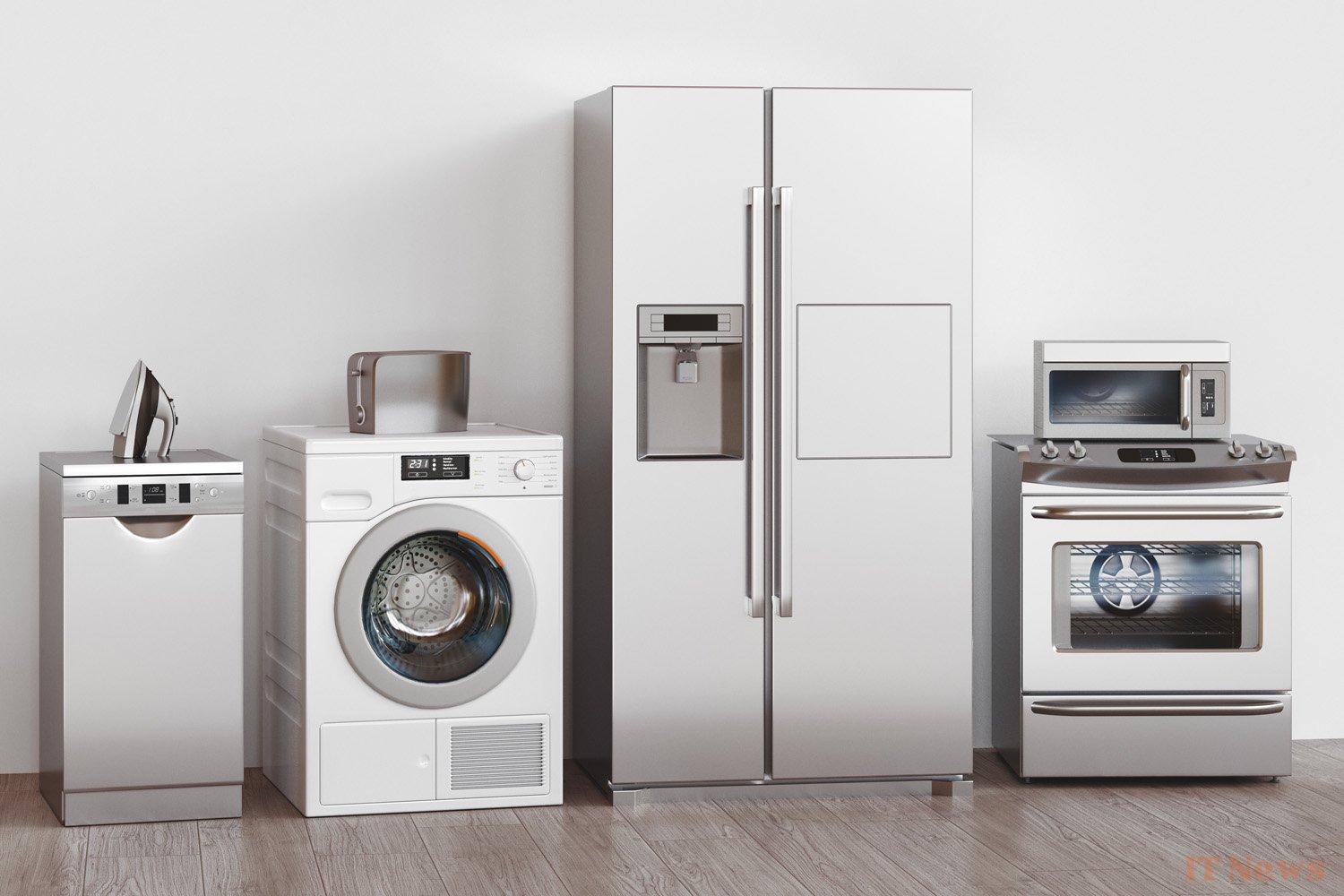Few French people are aware of it, but a household appliance that is much more discreet than the washing machine, oven, or refrigerator can weigh heavily on the electricity bill. As our colleagues at CCM point out, “it is neither the washing machine, nor the oven, nor the dishwasher, nor the fridge...” that holds the sad record, but rather the electric water heater.
However, the drop in the regulated electricity tariff in France since February 1, 2025 (after years of increases) should not make us forget the importance of controlling our consumption to avoid seeing bills soar.
800 kWh per year
According to ADEME (Agence de la Transition Ecologique), electric heating remains the most energy-intensive item in homes and can represent on average 66% of the electricity bill, particularly in poorly maintained homes. insulated systems that are often referred to as "thermal sieves".
For a 100 m² house heated with electricity, annual consumption can range from 10,000 to 20,000 kWh – or even exceed 40,000 kWh in some extreme cases, resulting in very high costs. But, when you remove the heating, the electric water heater comes in second place and is far ahead of other everyday appliances.
Still according to our colleagues at CCM, “you should allow for an average consumption of 800 kWh per year per person” for an electric water heater. For a family of four with a 200-liter tank, annual consumption rises to around 3,200 kWh for the electric water heater, or more than 600 euros at the current rate.
For a 300-liter model, the bill can even reach 5,000 kWh per year. This item of expenditure is therefore the second largest behind heating and is far ahead of the oven (130 kWh/year), the washing machine (100 kWh/year), the Internet box (150 kWh/year), the dishwasher (200 kWh/year), the television (200 kWh/year) or the fridge-freezer (350 kWh/year). Of course, these figures vary depending on the energy class and the use of each of these appliances.
The consumption of the water heater depends on several parameters that must be taken into account when estimating the bill: the capacity of the tank, the number of users, but above all the water temperature. Many are unaware that setting the temperature too high – at 60°C or more – is useless and expensive: “A temperature between 50 and 55°C is enough to have hot water every day while preventing the development of legionella,” specifies CCM. This simple adjustment already allows significant savings to be made.
Last point – and not least – Regular maintenance of the water heater is essential, but it is an indirect cost of this type of device: Descaling by a professional prevents the heating elements from consuming more electricity to heat the water, which ultimately affects the bill. While the energy performance of homes is becoming a priority, particularly with the arrival of new standards in 2025 for new constructions, controlling the consumption of domestic appliances remains more relevant than ever.



0 Comments